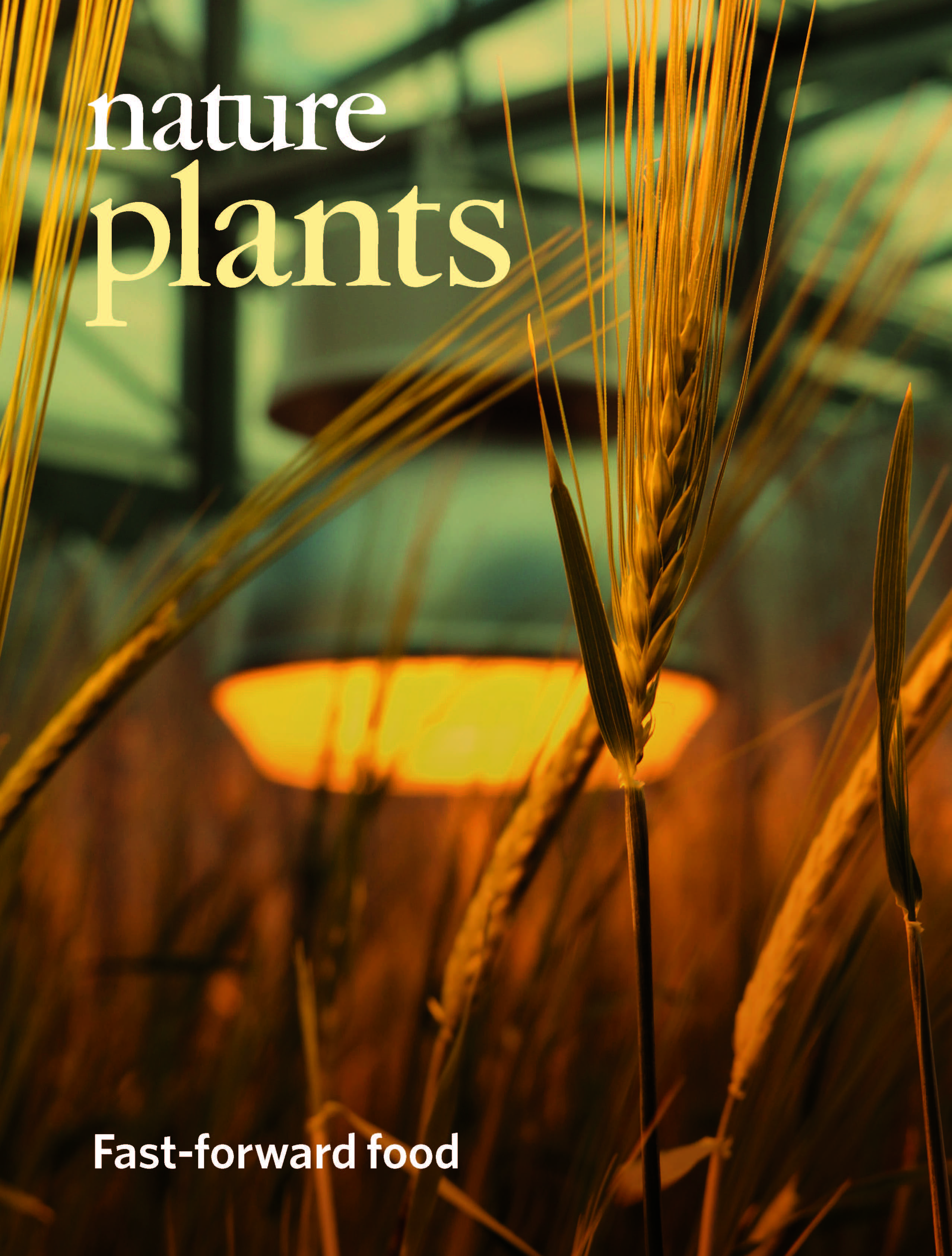NASA experiments to grow wheat in space were the inspiration for University of Queensland scientists to develop the world’s first ‘speed breeding’ procedures here on planet Earth.
UQ QAAFI Senior Research Fellow Dr Lee Hickey said the NASA experiments involved using continuous light on wheat which triggered early reproduction in the plants.
“We thought we could use the NASA idea to grow plants quickly back on Earth, and in turn, accelerate the genetic gain in our plant breeding programs,” Dr Hickey said.
Dr Hickey was part of the team from the UQ School of Agriculture that began trialling speed breeding techniques to cut the length of plant breeding cycles more than 10 years ago.
“By using speed breeding techniques in specially modified glasshouses we can grow six generations of wheat, chickpea and barley plants, and four generations of canola plants in a single year – as opposed to two or three generations in a regular glasshouse, or a single generation in the field,” Dr Hickey said.
“Our experiments showed that the quality and yield of the plants grown under controlled climate and extended daylight conditions was as good, or sometimes better, than those grown in regular glasshouses.”
Dr Hickey said information on how to use speed breeding was increasingly in demand from other researchers and industry.
“There has been a lot of interest globally in this technique due to the fact that the world has to produce 60-80 per cent more food by 2050 to feed its nine billion people.”
The speed breeding technique has largely been used for research purposes but is now being adopted by industry. UQ scientists, in partnership with Dow AgroSciences, have used the technique to develop the new ‘DS Faraday’ wheat variety due for release to industry in 2018.
“DS Faraday is a high protein, milling wheat with tolerance to pre-harvest sprouting,” Dr Hickey said.
“We introduced genes for grain dormancy so it can better handle wet weather at harvest time – which has been a problem wheat scientists in Australia have been trying to solve for 40 years,” Dr Hickey said.
“We’ve finally had a breakthrough in grain dormancy, and speed breeding really helped us to do it.”
Dr Hickey said the level of interest in speed breeding led to his collaborators at the John Innes Centre and the University of Sydney to write the Nature Plants paper, which outlines all the protocols involved in establishing speed breeding systems and adaptation of regular glasshouse facilities.
UQ PhD student Amy Watson was a co-first author of the paper and conducted some of the key experiments that documented the rapid plant growth and flexibility of the system for multiple crop species.

Dr Hickey believes the sky is the limit for the new technology and he is now investigating the integration of speed breeding with other modern crop breeding technologies.
“It could also have some great applications in future vertical farming systems, and some horticultural crops,” Dr Hickey said.
Speed breeding is a powerful tool to accelerate crop research and breeding is available at Nature Plants. (doi: 10.1038/s41477-017-0083-8)
Read more: Speed breeding technique sows seeds of new green revolution - John Innes Centre
Media contacts: QAAFI Communications, Margaret Puls, m.puls@uq.edu.au, +61 7 3346 0553; Dr Lee Hickey, E. l.hickey@uq.edu.au, @DrHikov, M. +61 7 3365 4805.




